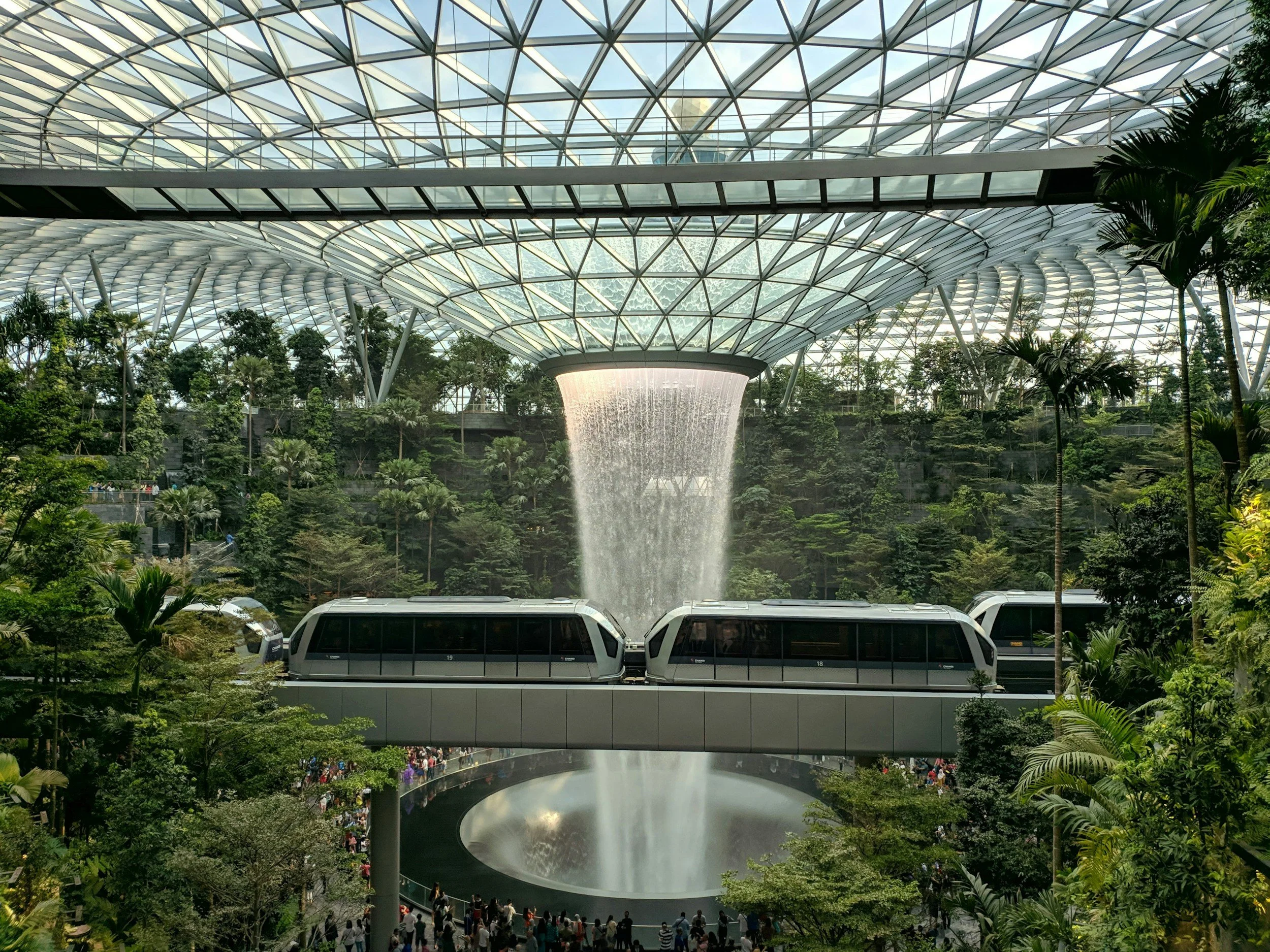
Blog
Ideas That Spread

What Does a Fully AI-Integrated Business Look Like?
Despite AI's potential to transform industries, many companies still struggle to implement it successfully across their entire business. Gartner reports that only 15% of enterprises have integrated AI into multiple processes, with many companies still stuck in the pilot phase. Challenges range from outdated infrastructure to a fundamental lack of AI expertise. But the real barrier often boils down to one thing: trust.